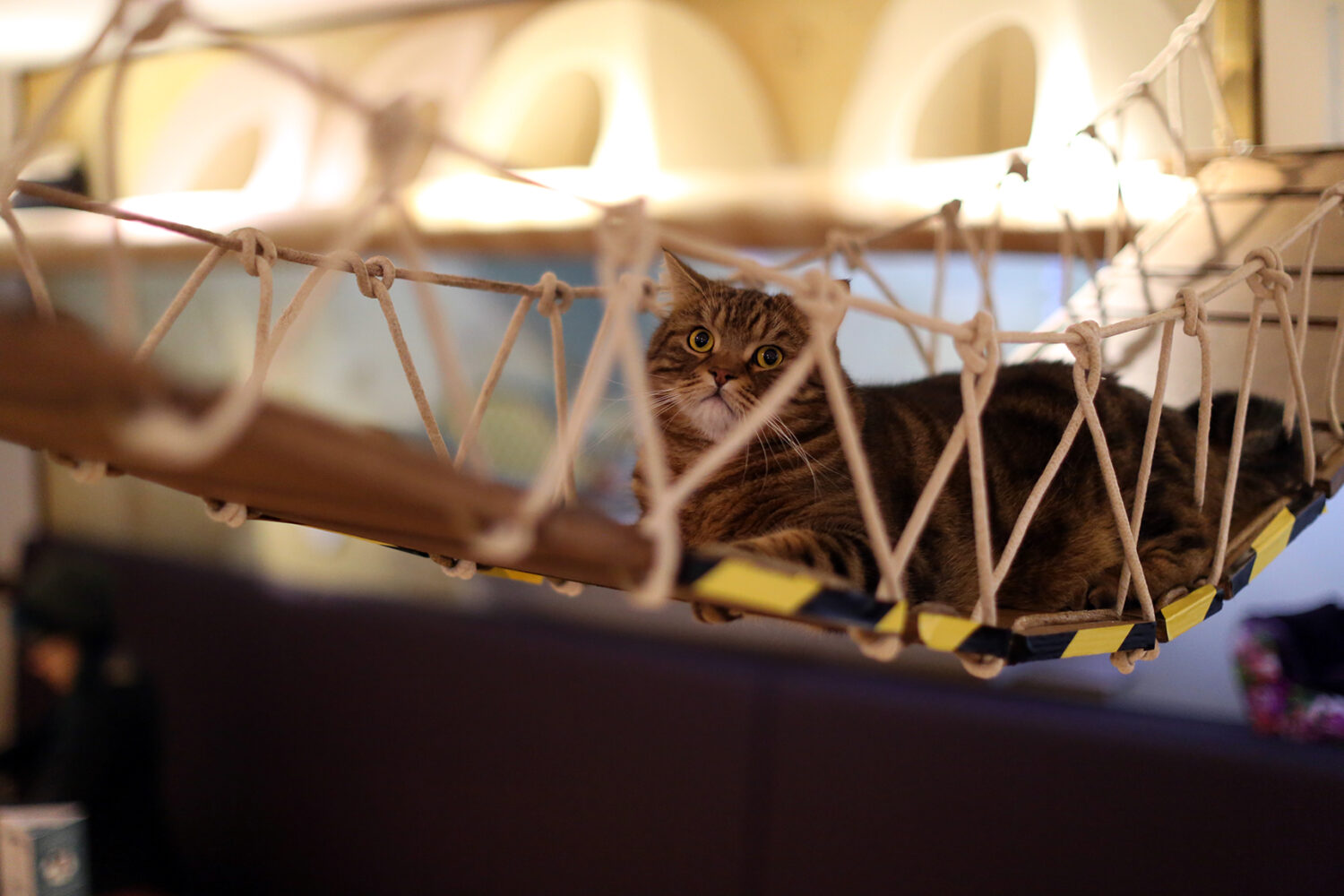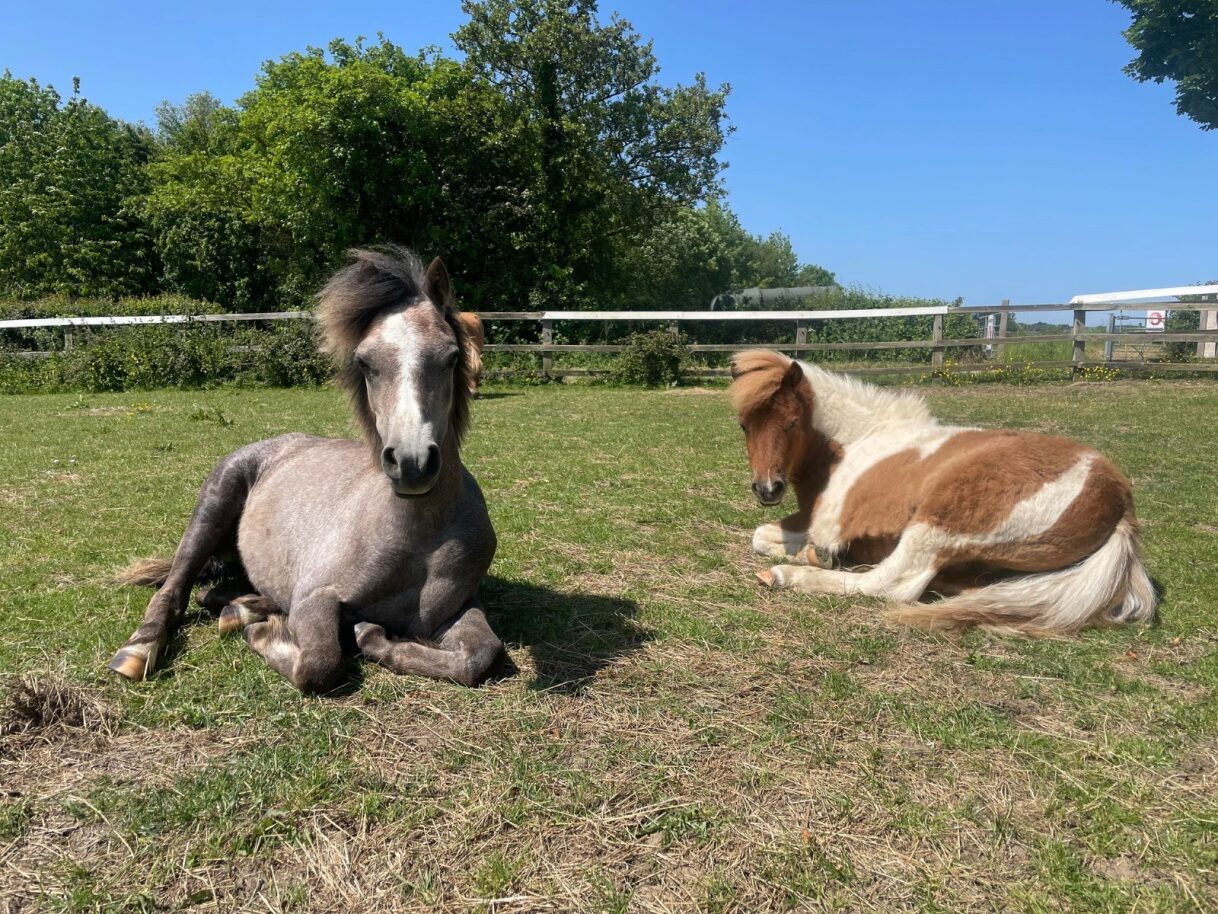Digital, Social or Traditional?
Looking for visitors online, through digital, or through social…Are you sure it’s your decision?
For an industry that utilises a wide variety of media in its quest to attract more customers, it is very depressing that at virtually every conference or talking shop, the main headline promotes the view that social media and digital are the only channels to be used. Even at our own successful Tourism Society Prospects Debate in January, the focus was on these new media to the exclusion of anything traditional – giving a misleading view to those less experienced of what is actually happening in the tourism market at present.
Mike Bugsgang’s piece in the last journal – ‘The End is nigh for PR – Read all about it online’, challenged the notion put forward by many, that communicating via magazines and newspapers is dead; this a similar cry to the one I hear in relation to the marketing of attractions, destinations, theatres and events using printed literature – that brochures and leaflets no longer bring visitors to the door.
This is despite significant evidence to the contrary.
Take One’s own research (conducted by BDRC) suggests that as many as one in three visits to an attraction is as a result directly or indirectly of picking up a brochure or leaflet, and almost all visitors arrive at their destination with decisions still to make about which attractions to visit and use leaflets to inform their decision. In addition, many attractions report up to as much as 30% of their customers visit after picking up a leaflet, which is why they give Take One Media more than 80 million leaflets and brochures a year to display.
This does not mean that things are not changing – they are; but perhaps not as quickly as some suggest, and not to the complete exclusion of advertising and printed material.
It’s just not that simple…
We need to go back to the question of what each channel is doing for the brand in question – do we really believe that offering a brand only through digital channels will bring the greatest response and, as a result, the greatest number of sales? Do we really buy into the fact that a consumer is only affected at one point in the decision-making process and/or only ever accesses information in one way? I don’t think so.
The consumer drives the process
We should let the consumer drive the process and choose which channel they want to use and at what point in time – We should supply the information they need at a time and in a way they want, enjoy and find useful. Our focus should be to first understand exactly what the customer needs, and then spend time designing the content to maximise the usage of the information.
And are we really only interested in immediate sales and not in building the brand over time? There is evidence that traditional media, like TV and print, contribute more than digital to long-term brand awareness and engagement. Why else would some purely online brands invest in these traditional channels?
For example, online fashion sites such asos.com and netaporter.com and online kids’ game, Moshi Monsters, have really made the most of delivering information across all channels including the traditional and each now publishes print magazines as a mechanism to further engage customers. And there must be a good reason that other online brands like Moneysupermarket.com and Google are amongst the biggest TV advertisers.
The future is integrated
So where will this all end for the distribution of information in the tourism industry? The positive is that consumers will always want information about available tourism opportunities; and at present print is a critical element of the marketing mix. But there are likely to be big changes ahead – we don’t know exactly how big these changes will be or when they will happen but, keeping an open mind on what will happen is the best approach, and building a future model that allows digital, social and print to work together must be the answer for the foreseeable future.
Written for the Tourism Society magazine.





